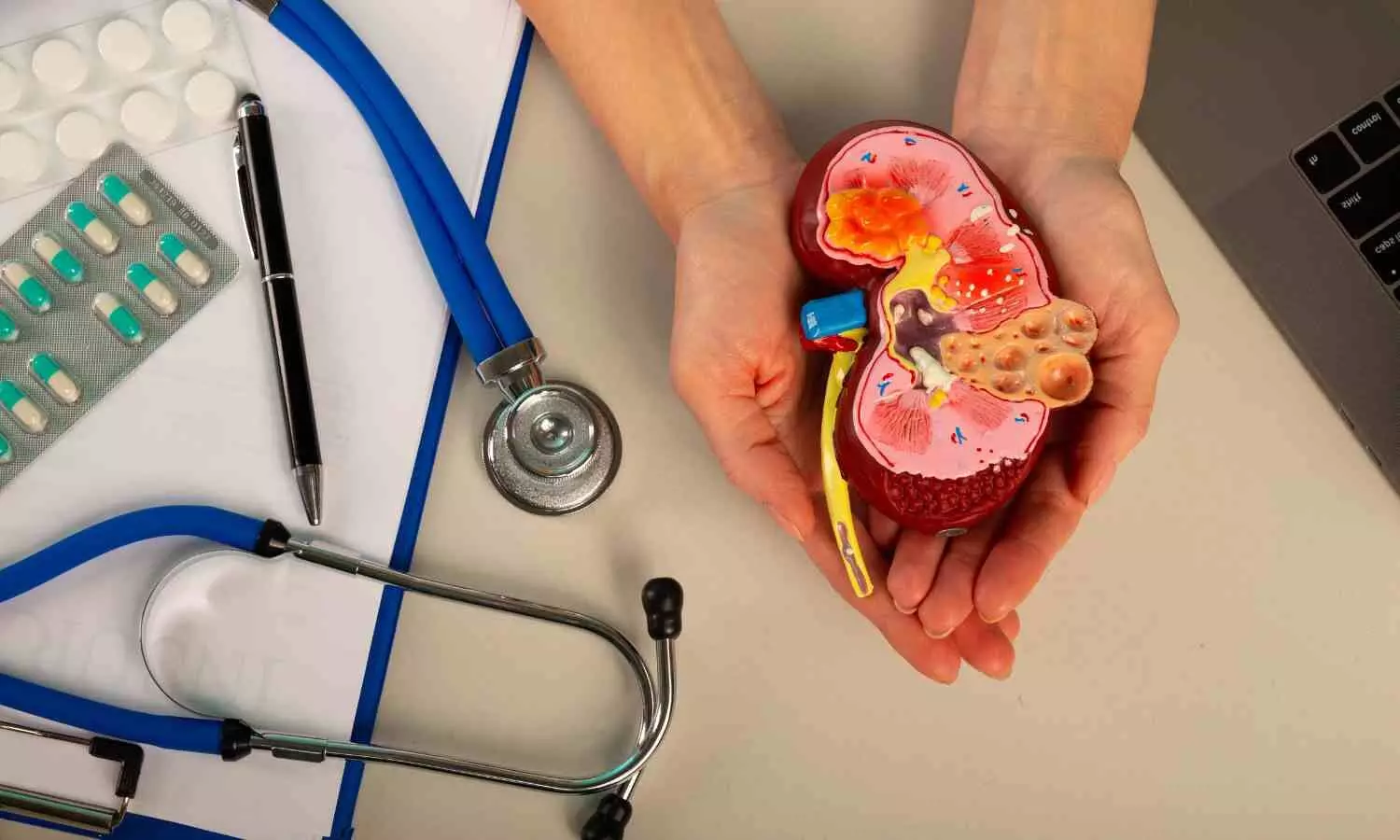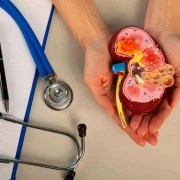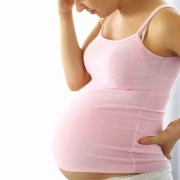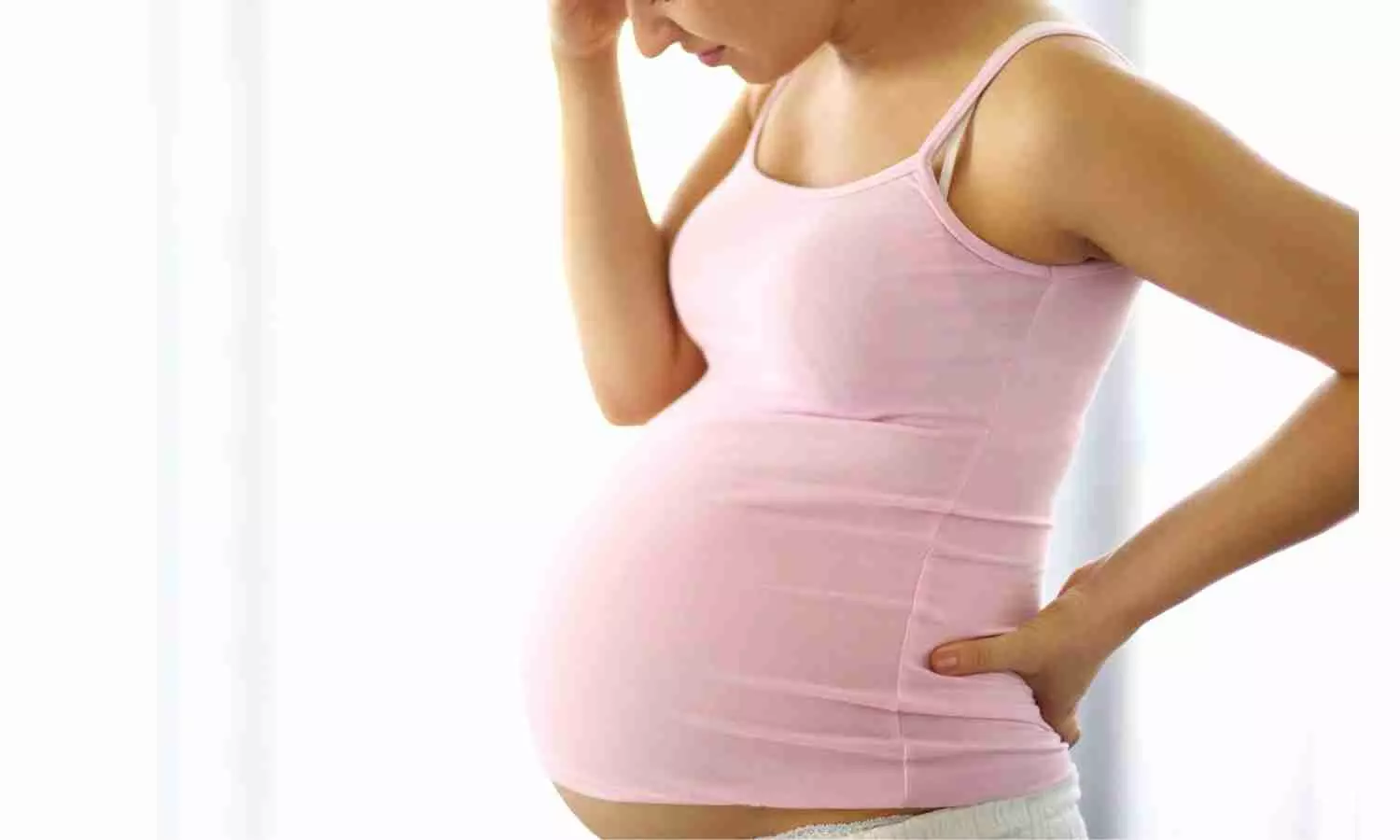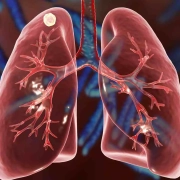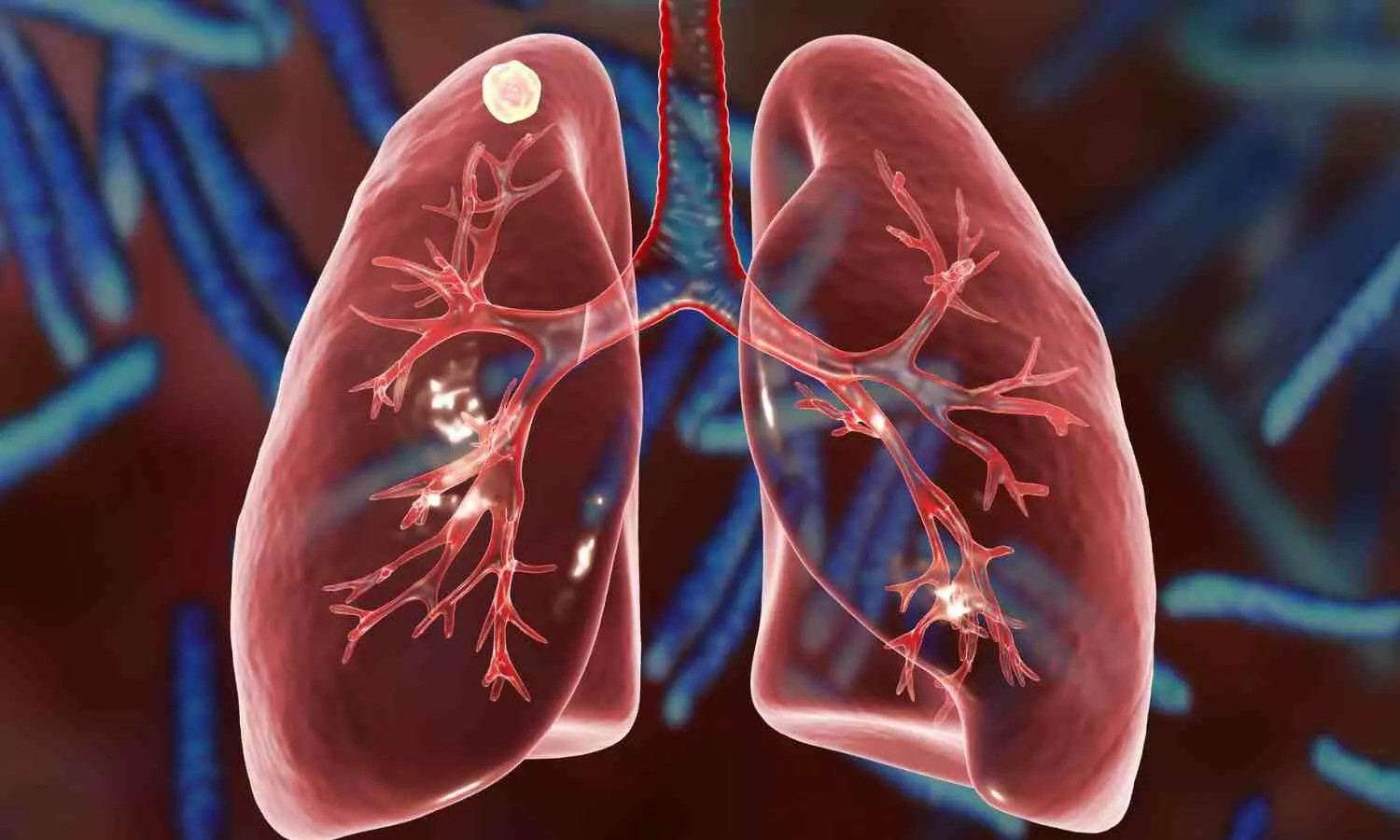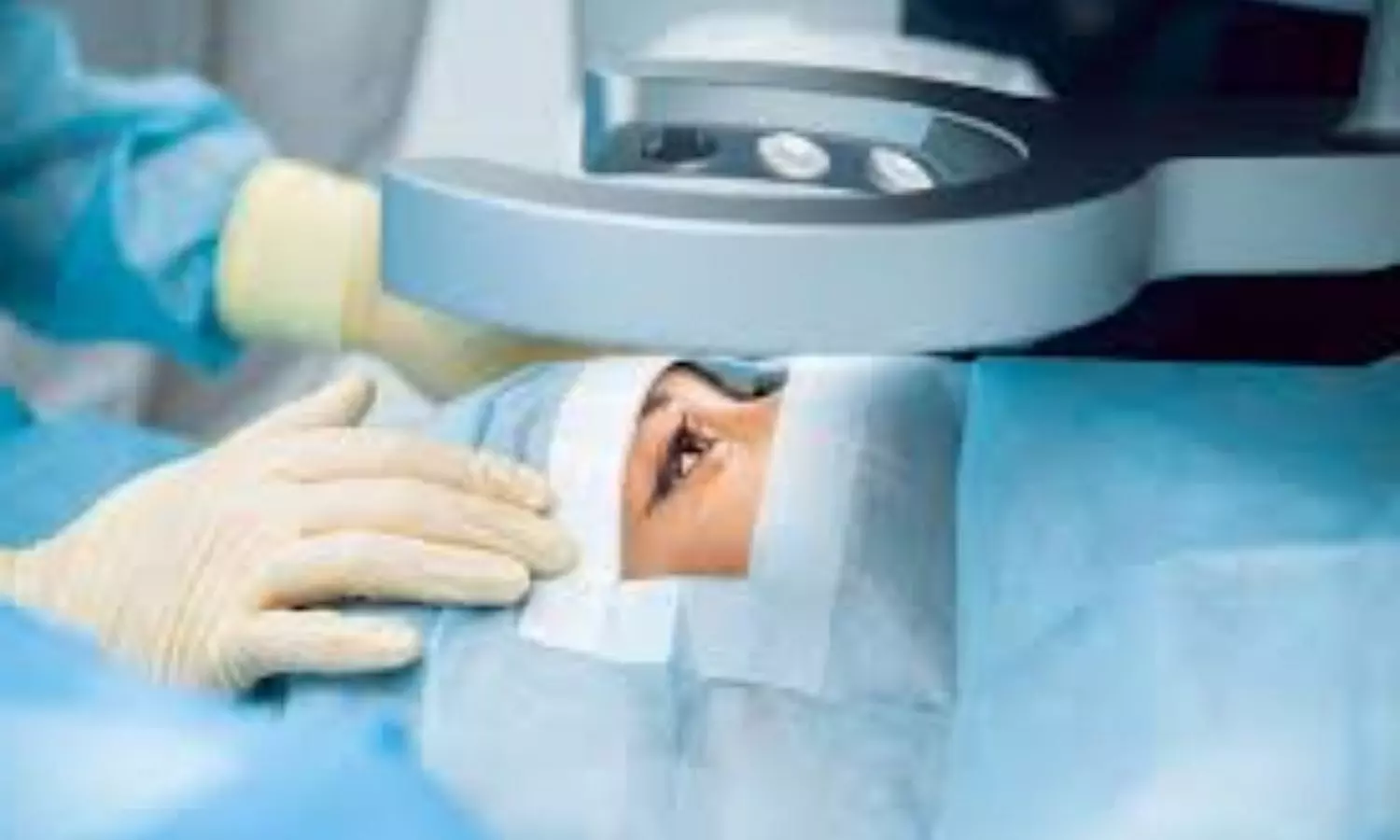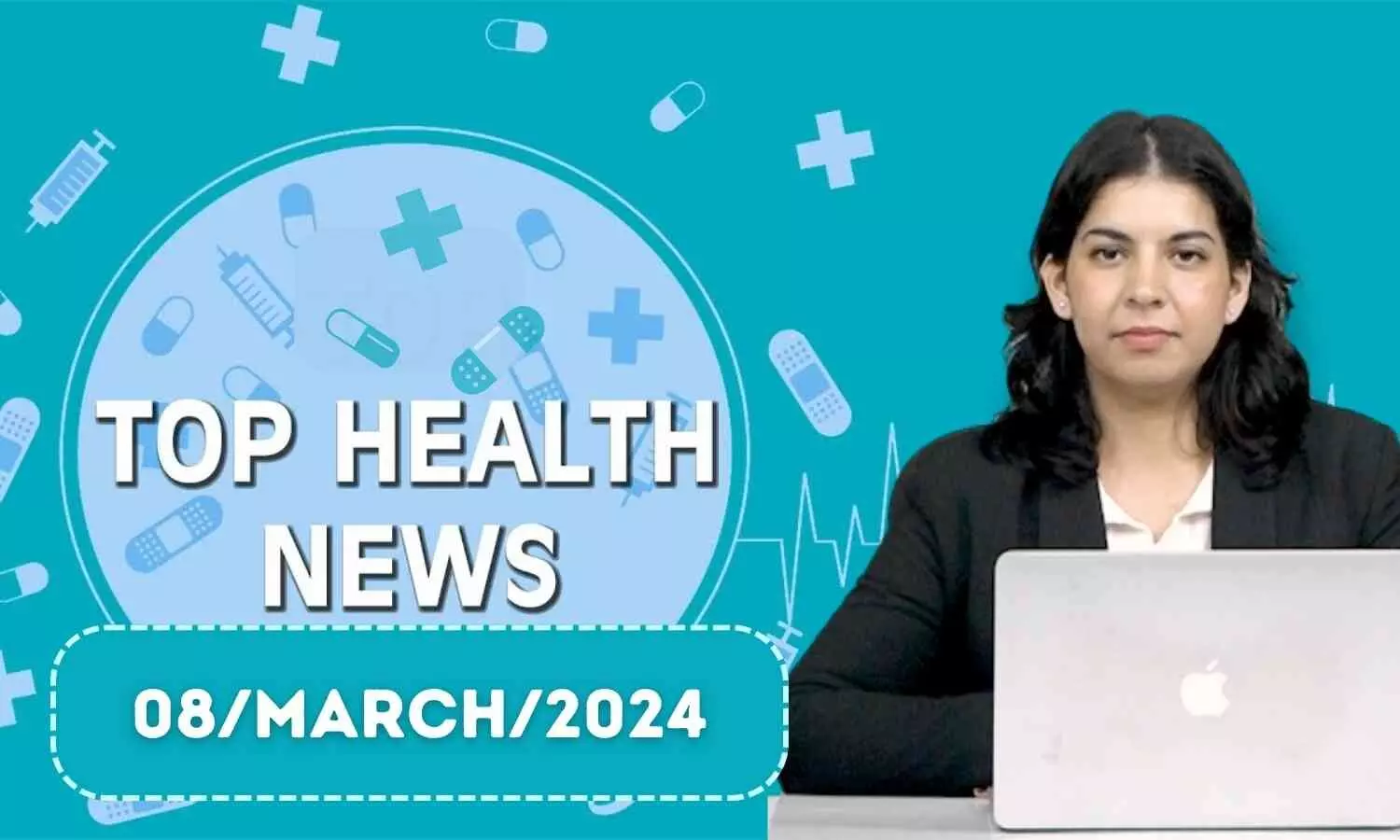
The number of suicides among US college student athletes has doubled over the past 20 years, finds an analysis of data from the National Collegiate Athletic Association (NCAA), published online in the British Journal of Sports Medicine.
Suicide is now the second most common cause of death after accidents in this group of young people, with rates highest among cross-country competitors, the findings show.
US suicide rates rose by around 36% across all age groups between 2001 and 2021, note the researchers. But the evidence around athletes’ vulnerability to suicide, particularly young athletes, is contradictory, they add.
To better inform policy and suicide prevention efforts, they analysed suicide rates from 1 July 2002 to 30 June 2022 among NCAA athletes to see if there were any discernible differences or trends in incidence by age, sex, race, division, sport, time of year and day of the week.
Athletes were defined as those competing in at least one varsity sport at NCAA Division I, II or III institutions.
The cause of each athlete’s death, as well as details of age, race, and sporting discipline, were ascertained through online media reports and obituaries and reviews of post mortem examinations and other official documents.
Deaths were broadly categorised as accident, murder, suicide, unintentional drug/alcohol overdose or medical cause.
During the course of the 20-years,1102 athletes died, 128 (11.5%+) of whom took their own lives: males 98 (77%); females 30. Their average age was 20, but ranged from 17 to 24. Over half (59%; 91) were White.
The yearly incidence rate of suicide for males increased throughout the study period while that for females increased from 2010–11 onwards. This was in sharp contrast to the incidence rate of other deaths, which fell between 2002 and 2022.
Male suicides increased from 31 in the first 10 years to 67 in the second 10 years; similarly, female suicides increased from 9 to 21.
Overall, the proportion of suicide deaths doubled from the first 10 years (just over 7.5%) to the second 10 years (just over 15%), so that by the second decade, suicide became the second most common cause of death after accidents among NCAA athletes.
The highest number of suicides was among male cross-country athletes, and among division I and II athletes compared with division III athletes. But there were no significant differences in rates when analysed by sex, race, or sporting discipline.
Overall, the researchers calculated that there were 9 deaths every 2 years in male athletes; 3 deaths every 2 years in female athletes; and 2 deaths every 5 years in cross-country athletes.
The most suicide deaths occurred at the age of 20 (33; 26%). This is when a college student athlete would be in the middle of their career if they started as a freshman at age 17 or 18, note the researchers.
There also seemed to be temporal and seasonal differences in incidence. Most suicides occurred on Mondays (25; 20%) and Tuesdays (26; 20%).
And while the average number of suicides during the summer months of June–August was 6.7/month, during the rest of the year the average number was 12/month over the entire 20-year period.
The researchers acknowledge various limitations to their findings, including that the study relied on third party reports in the absence of any mandatory reporting system for athlete deaths, so the true incidence may have been underestimated.
Nor was there any information on potentially triggering underlying mental health issues, such as depression and anxiety, among the athletes who died by suicide.
But the researchers point out: “Athletes are generally thought of as one of the healthiest populations in our society, yet the pressures of school, internal and external performance expectations, time demands, injury, athletic identity and physical fatigue can lead to depression, mental health problems and suicide.”
They add: “Athletes may also experience harassment and abuse within their sport, including psychological abuse, physical abuse, sexual abuse, hazing and cyberbullying from the public and members of their team including peer athletes, coaches and members of the entourage.”
The NCAA has renewed efforts to address mental health issues among college student athletes in recent years, point out the researchers. Nevertheless: “Despite recent increased focus on mental health in athletes, death by suicide is increasing,” they highlight.
Additional mental health resources to help raise awareness, screening for early risk identification, training coaches and support staff on how to identify athletes at risk, and providing access to mental health providers trained in sport psychology could all help prevent suicide in this group, they suggest.
Reference:
Whelan BM, Kliethermes SA, Schloredt KA, et alSuicide in National Collegiate Athletic Association athletes: a 20-year analysisBritish Journal of Sports Medicine Published Online First: 04 April 2024. doi: 10.1136/bjsports-2023-107509.
